Balkanethnoexp. Part II. Bosnia and HerzegovinaMap
June An astonishing country—there’s not one, but three companies simultaneously handling postal service here. One is named more or less predictably: Bosnia and Herzegovina Post. 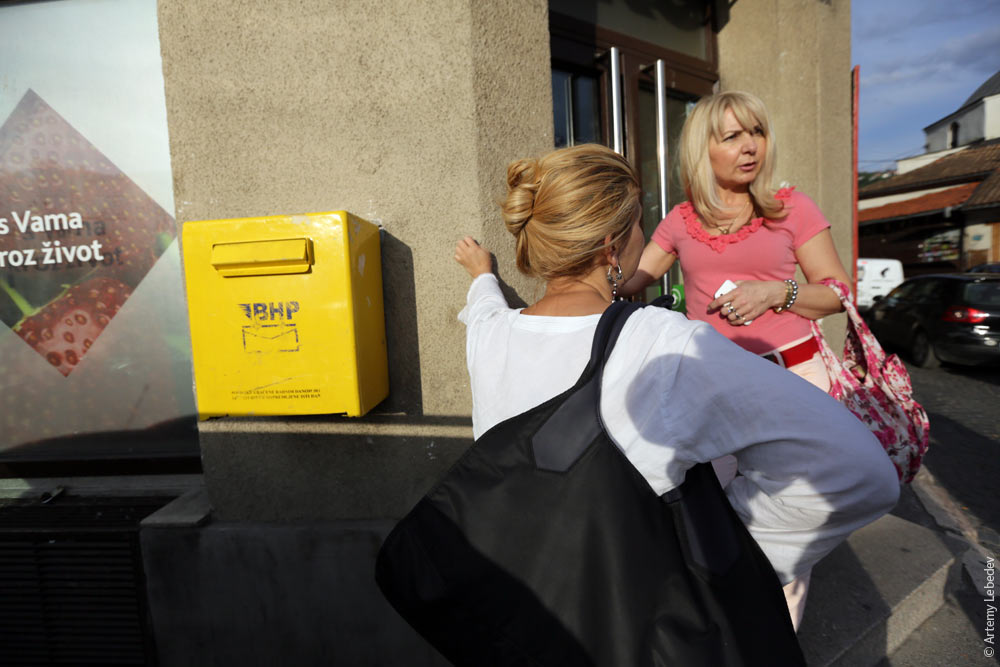 Another is called Croatian Post and has nothing to do with Croatia. 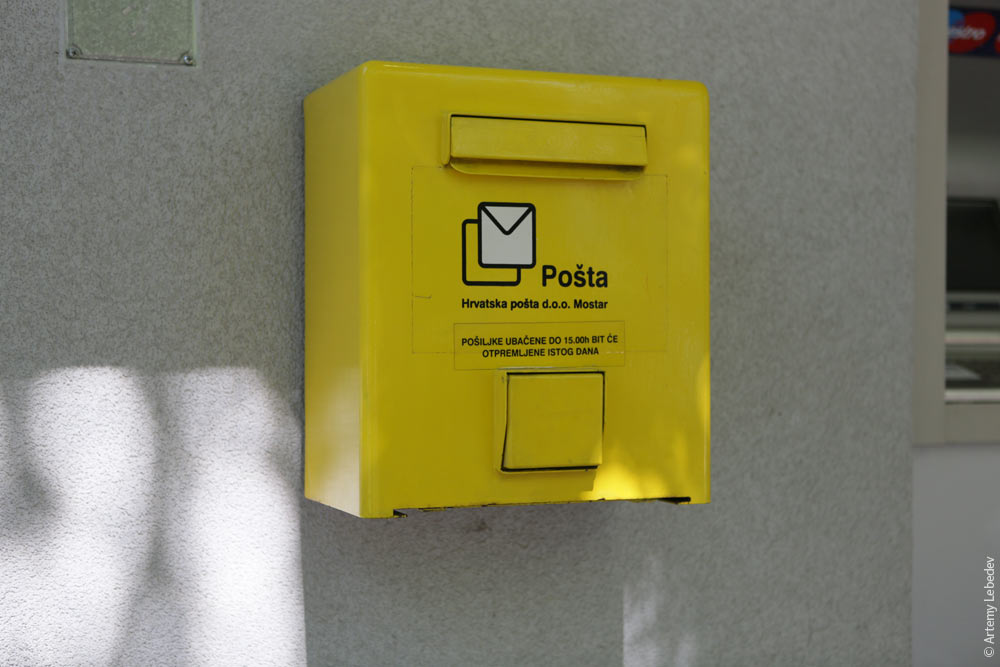 The third is called Serbian Post and has nothing to do with Serbia. 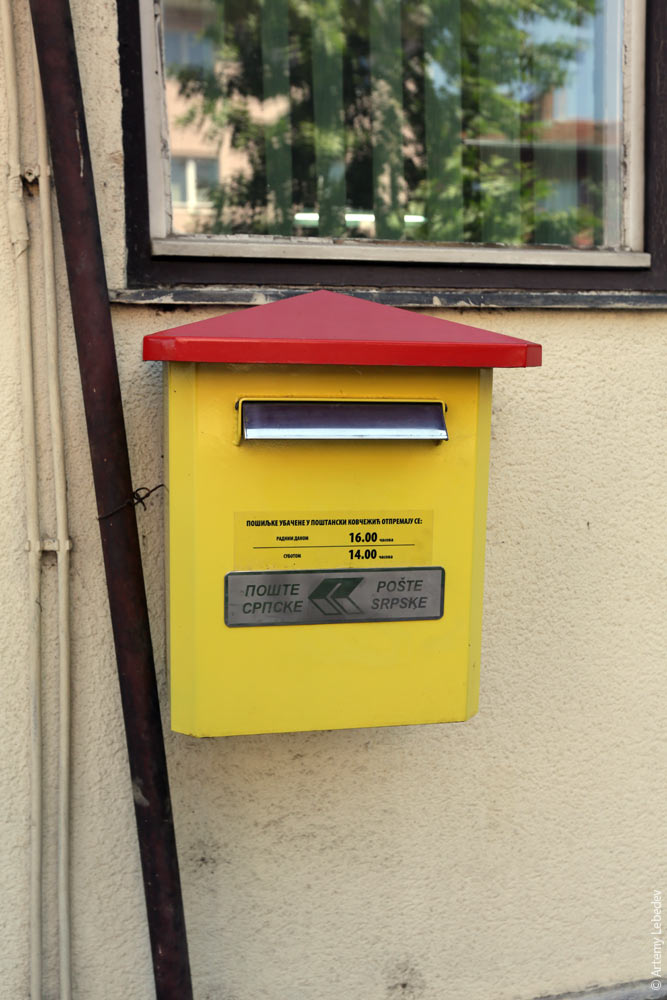 A fire hydrant. 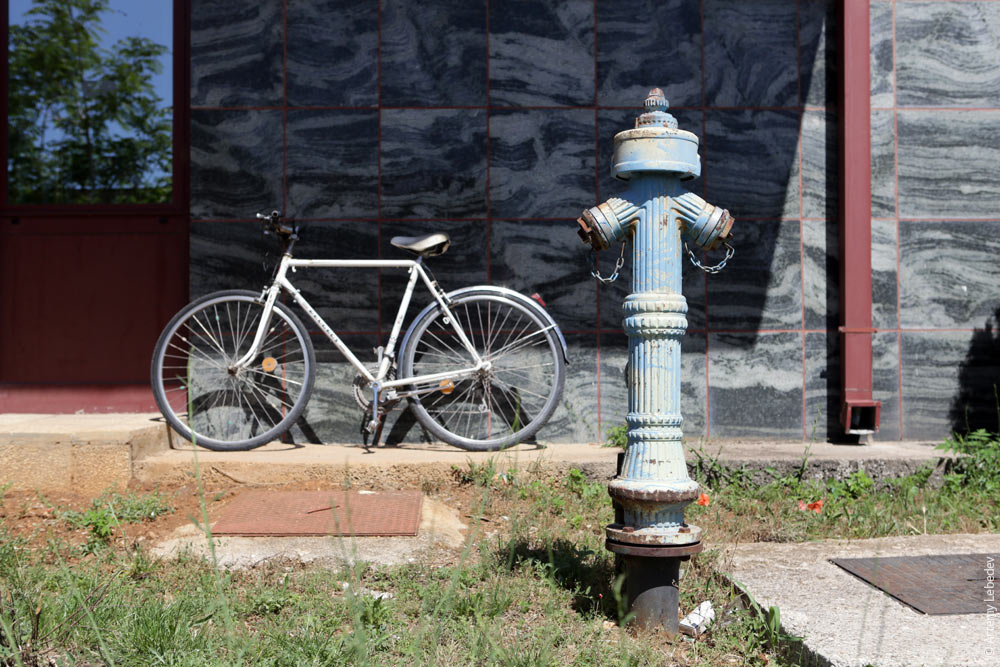 The pump on the gas station sign is the same as in Croatia. 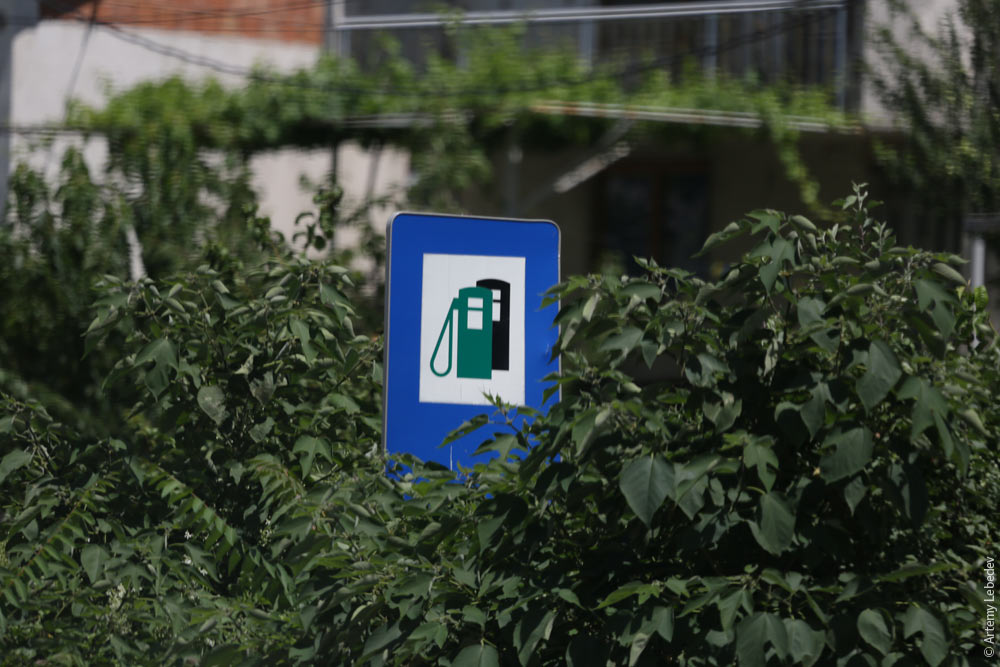 The arrows on lane control signs have particularly emaciated vertical lines. 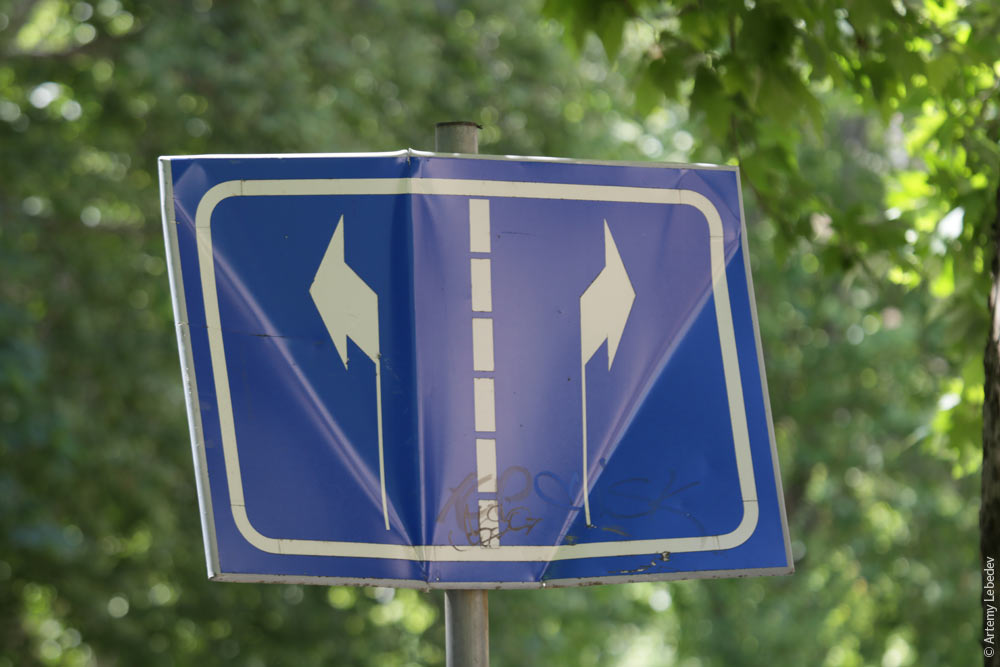 Like in all the other countries that were formerly a part of Yugoslavia, the electrical panels on the wall of each building have a cover which narrows towards the bottom. 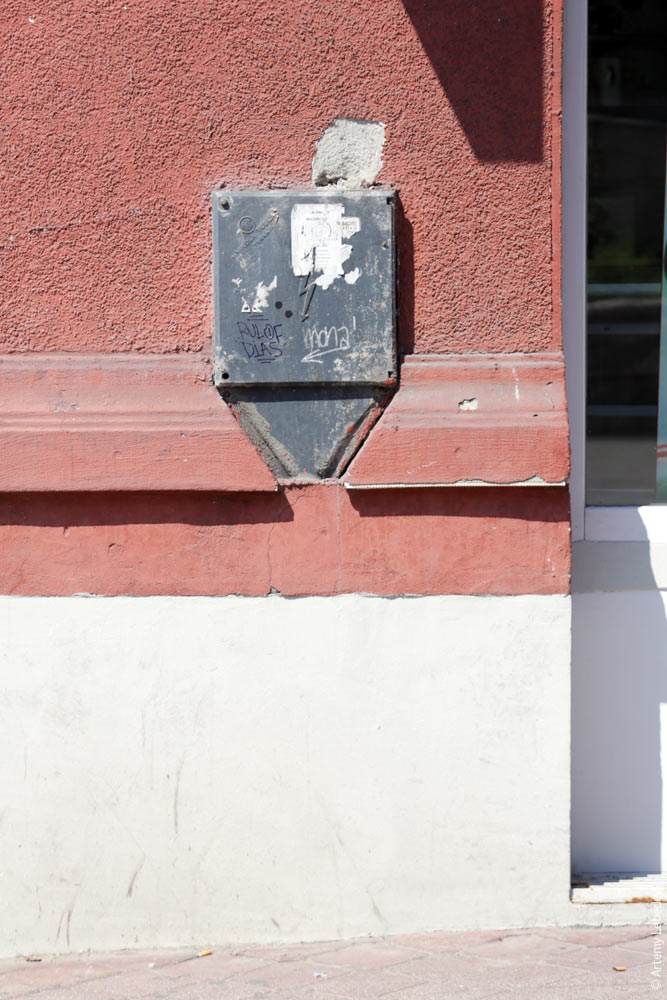 MostarMapCombat took place here during the war. 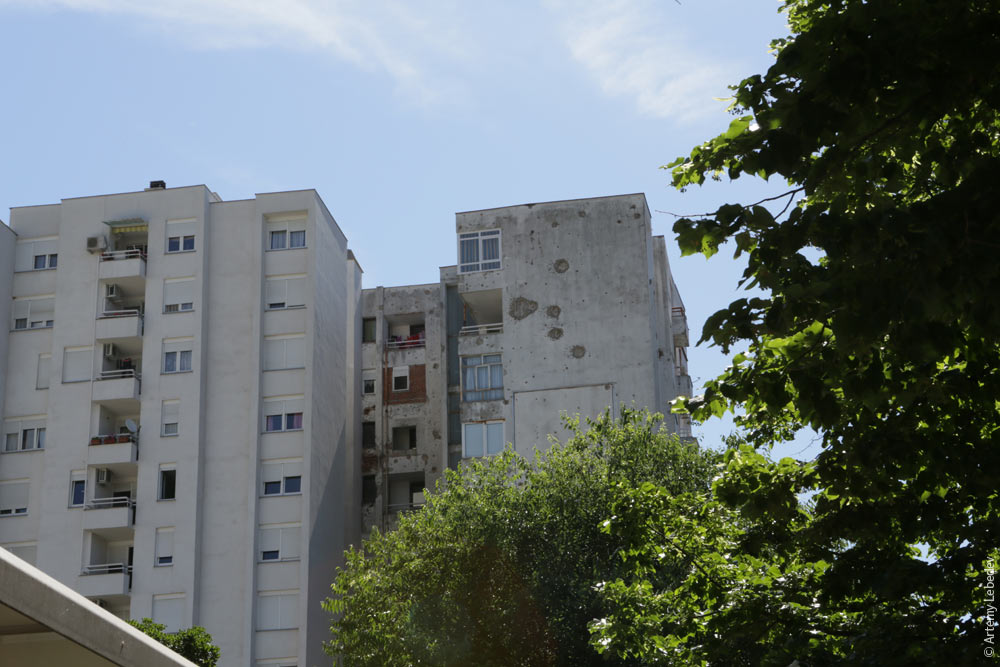 At first glance, it’s an ordinary, somewhat dull Yugoslavian city. 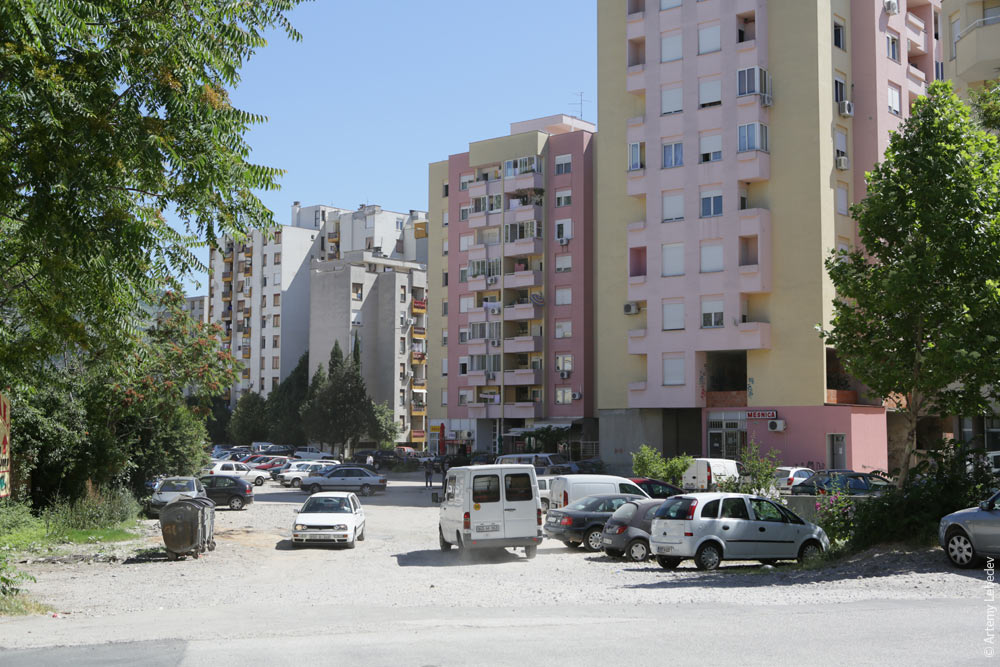 Tourists come here because of the beautiful old city center and famous bridge, which was destroyed during the war and finally restored a few years ago. 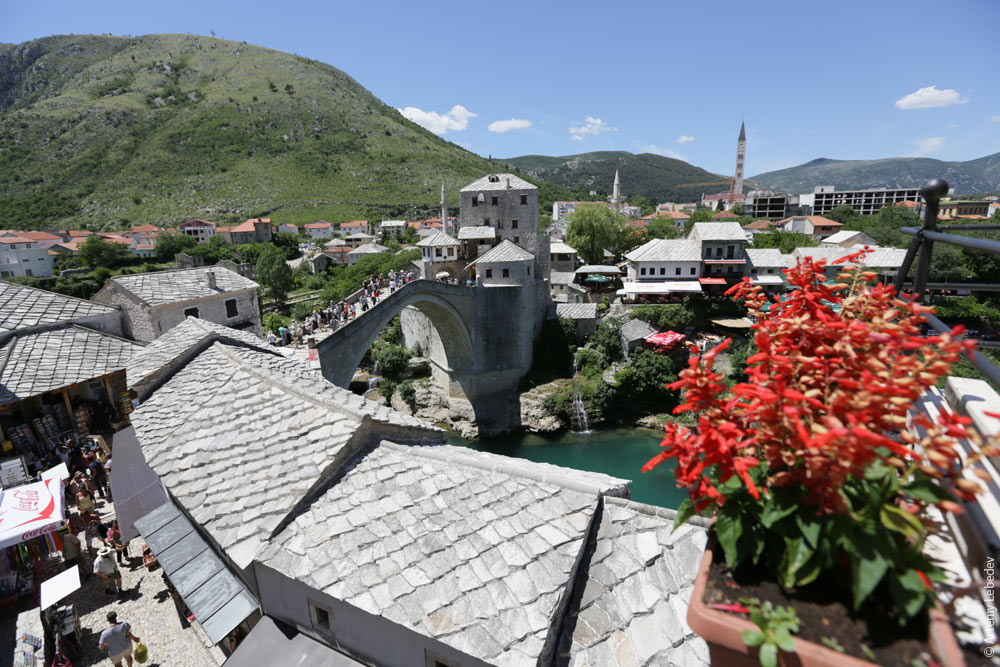 Display stands intended specifically for obituaries are set up everywhere. 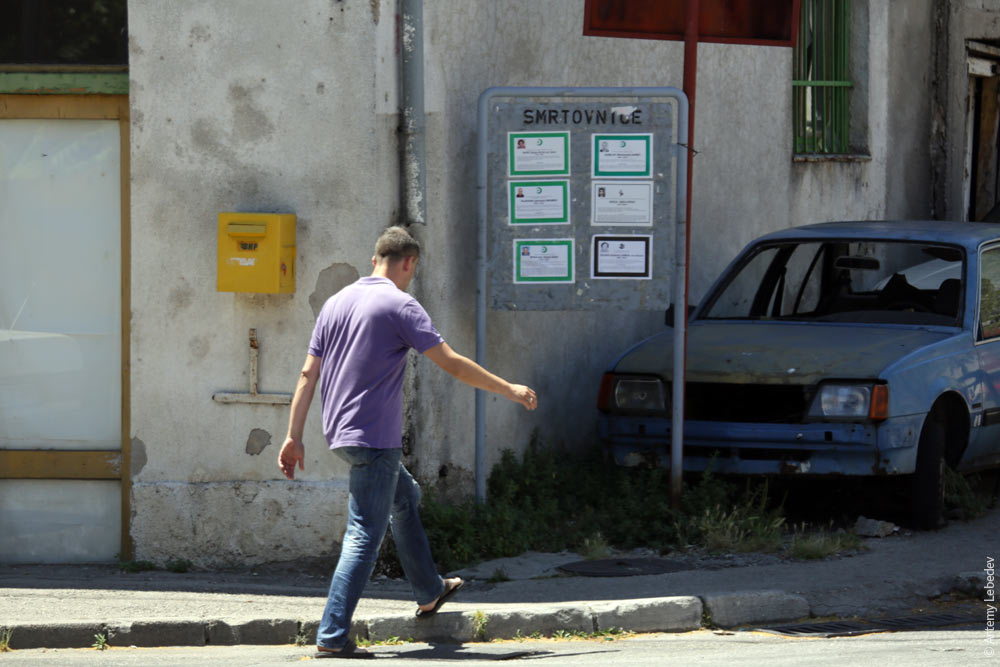 Trash dumpsters. 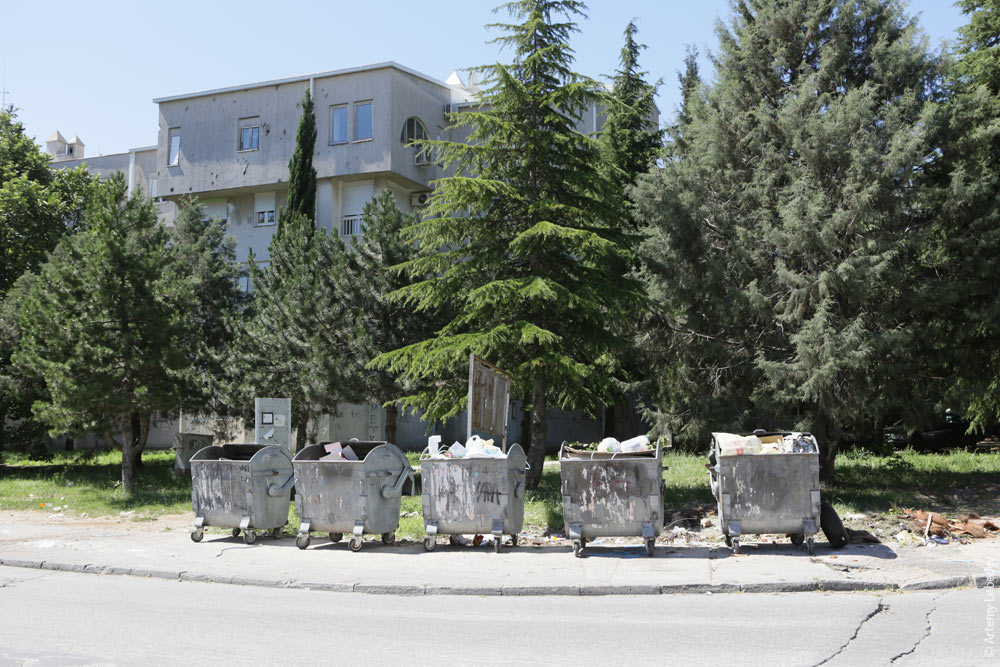 A Mostar trash can. 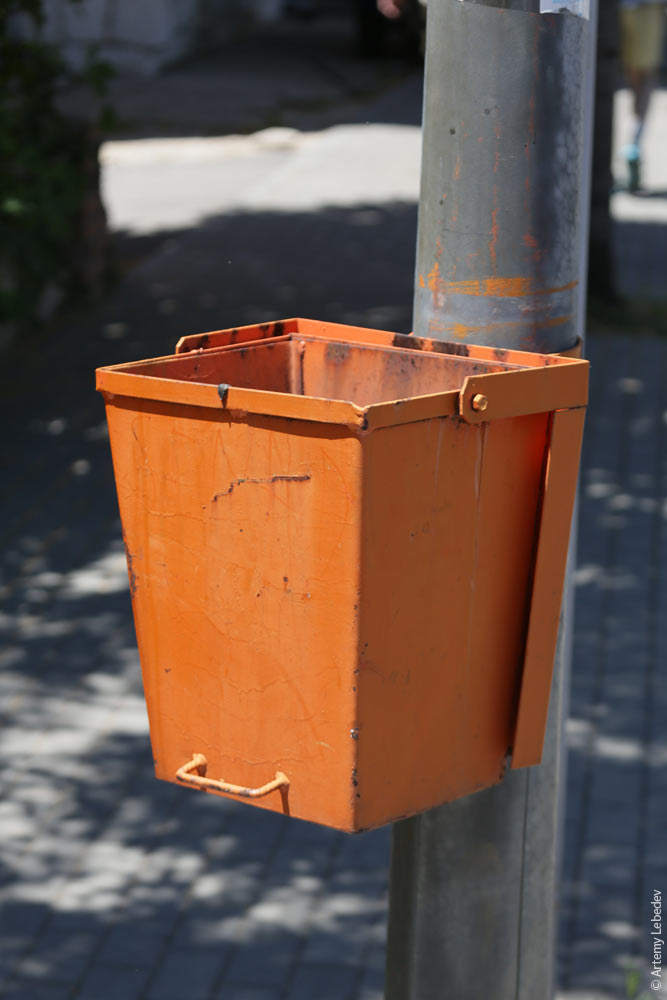 Electricity meters. 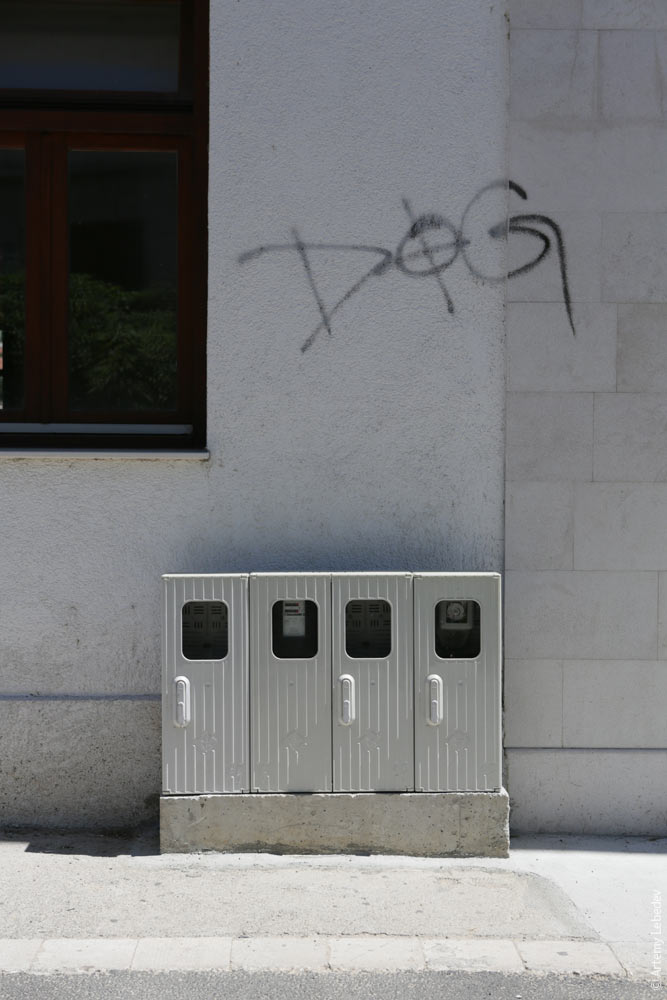 A procession of gypsies, led by an old woman with a trunk, carries antiques to the shop. 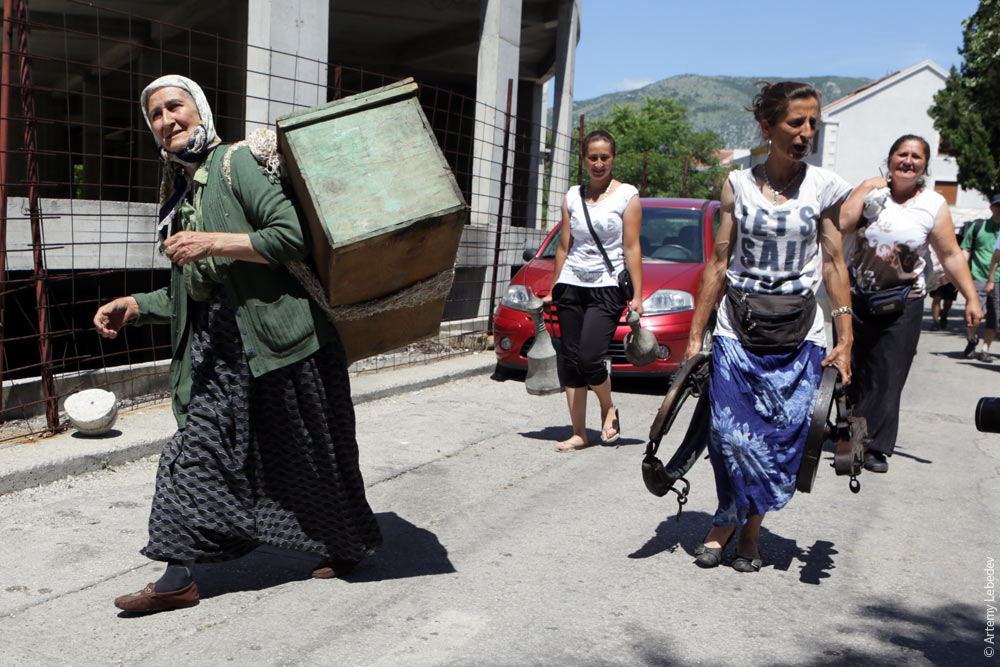 A fresh-squeezed orange juice stand. 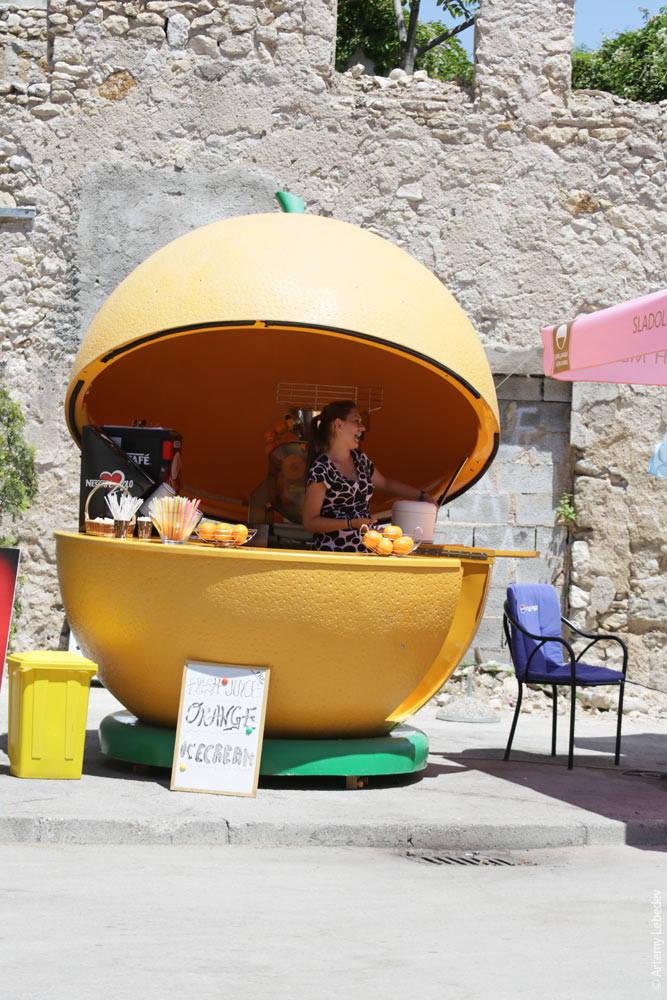 Traffic lights. 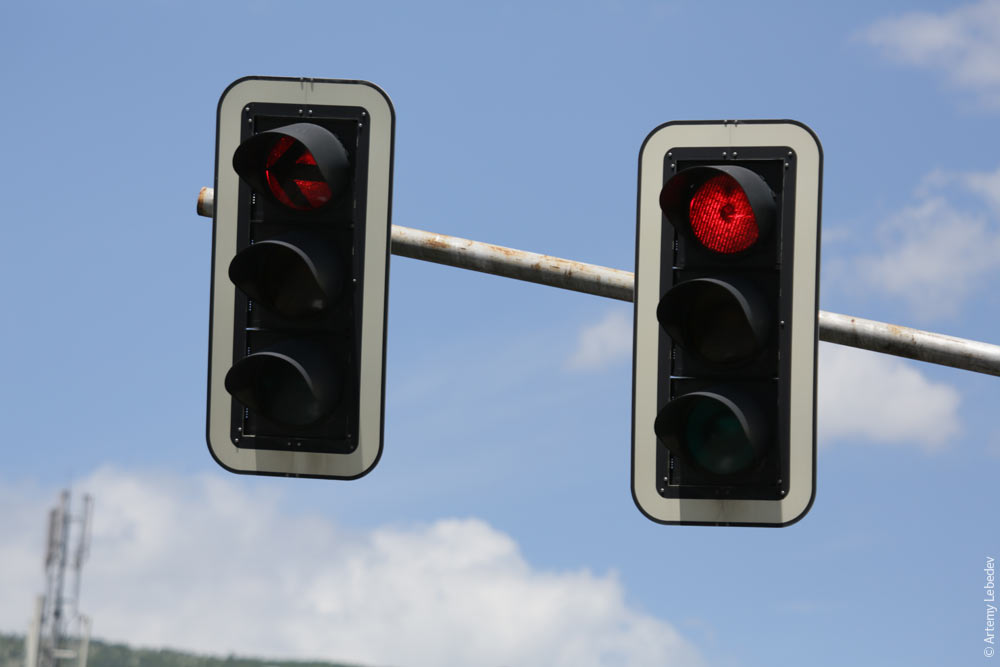 SarajevoMapIn 1984, the city hosted the Winter Olympic Games. 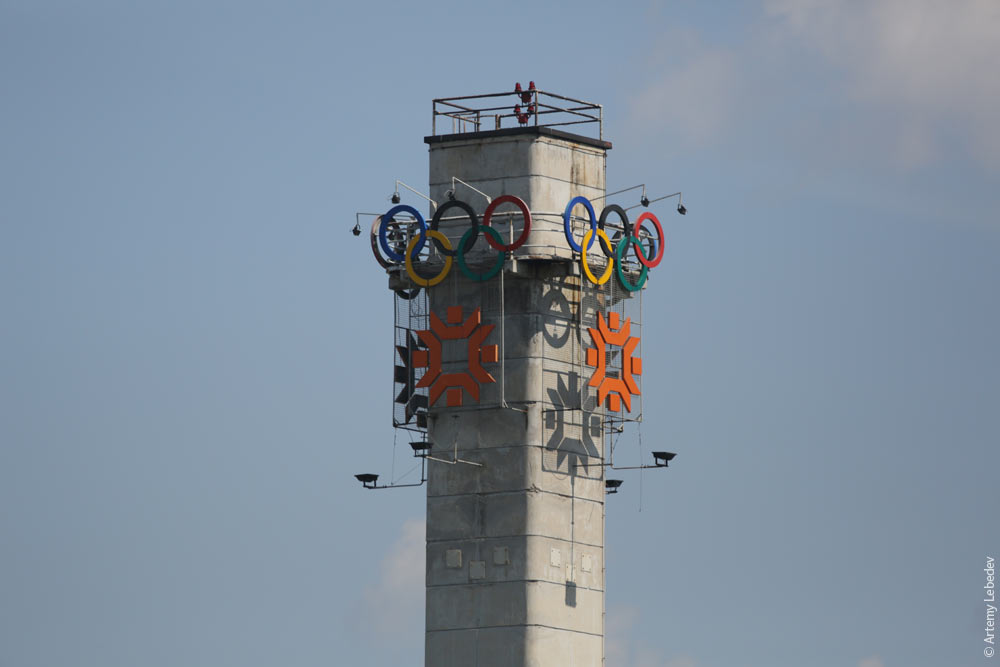 Then it hosted a war. 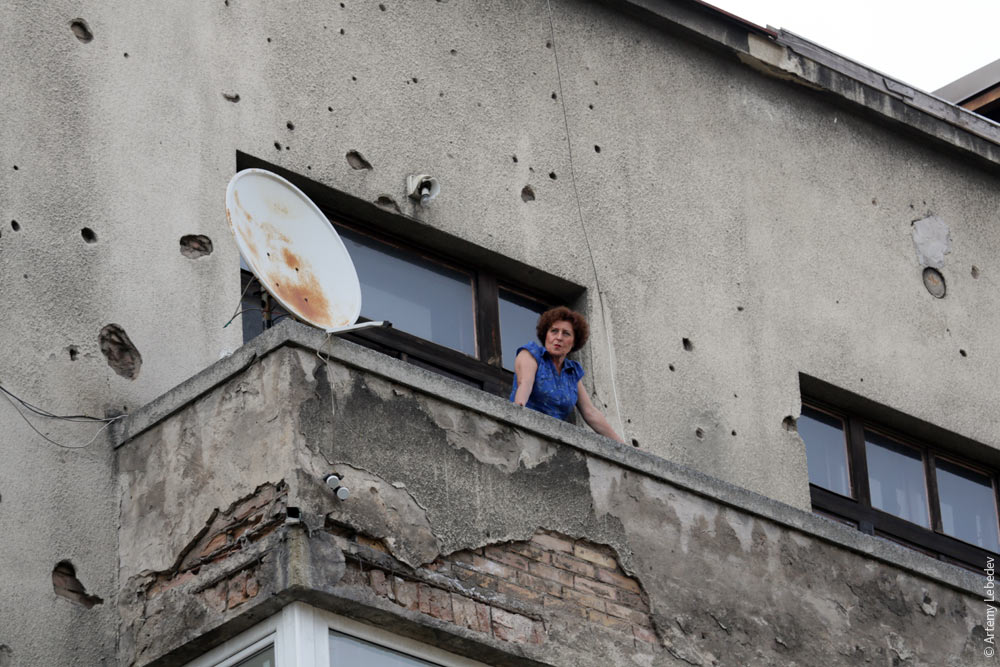 One skyscraper has already been erected here, but it’s still a village down below. 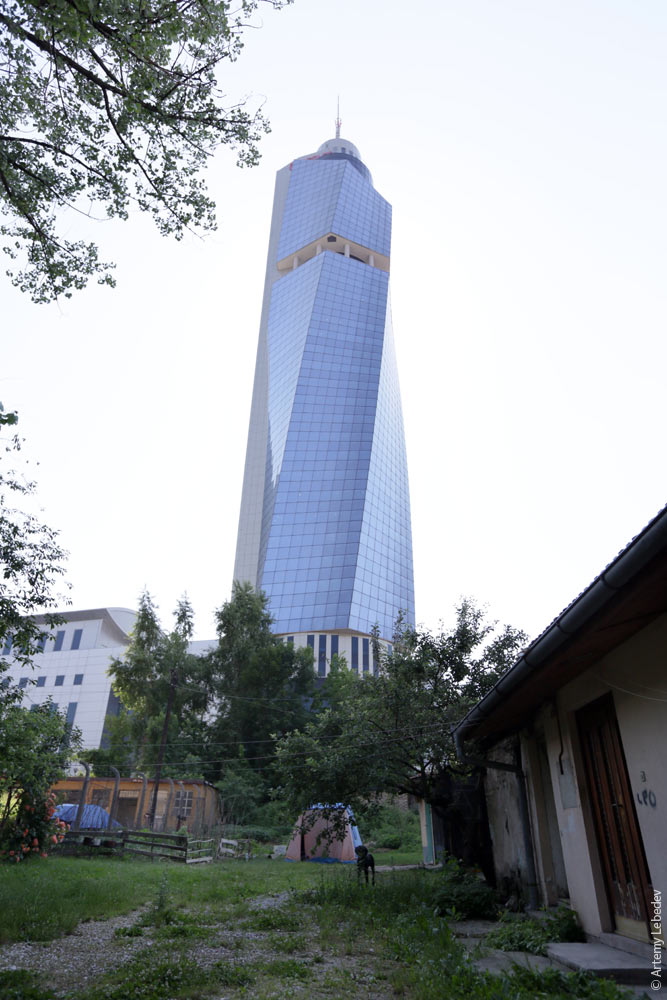 A view of the city. 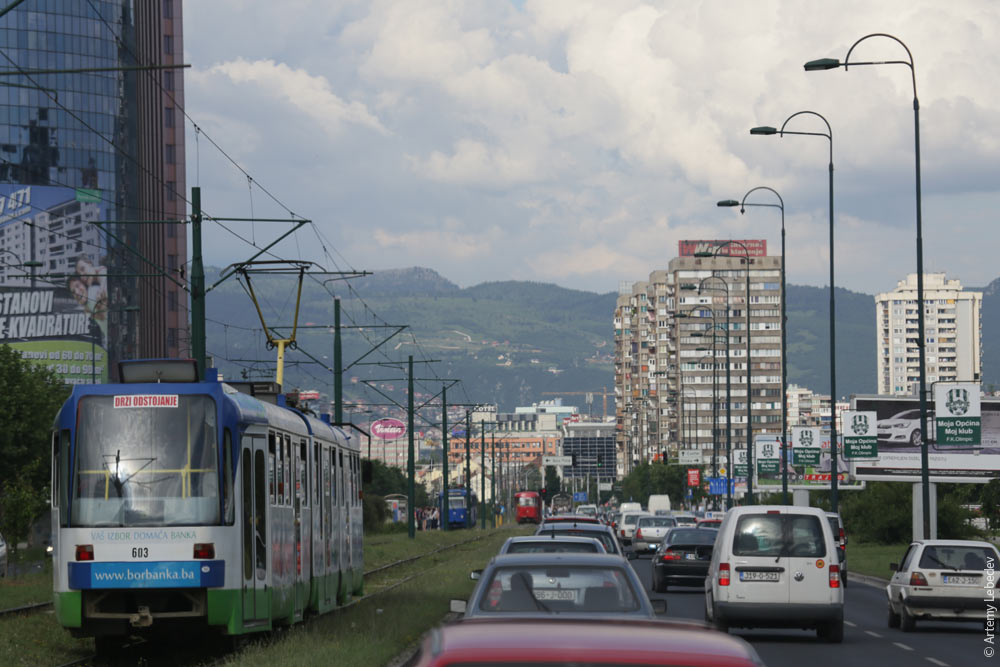 Parts of it resemble Istanbul. 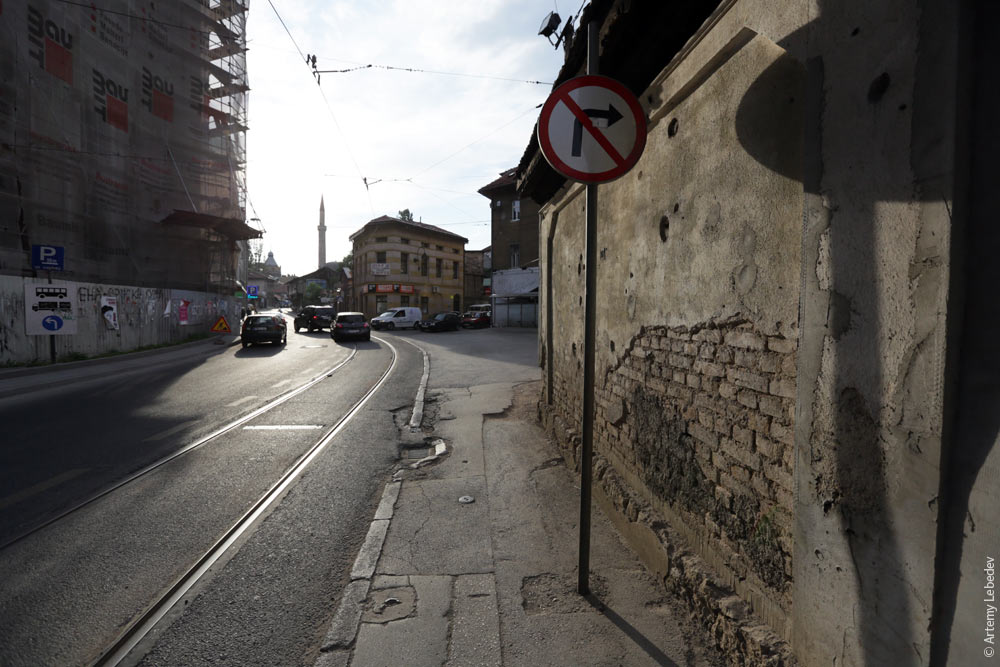 Parts resemble Riga. 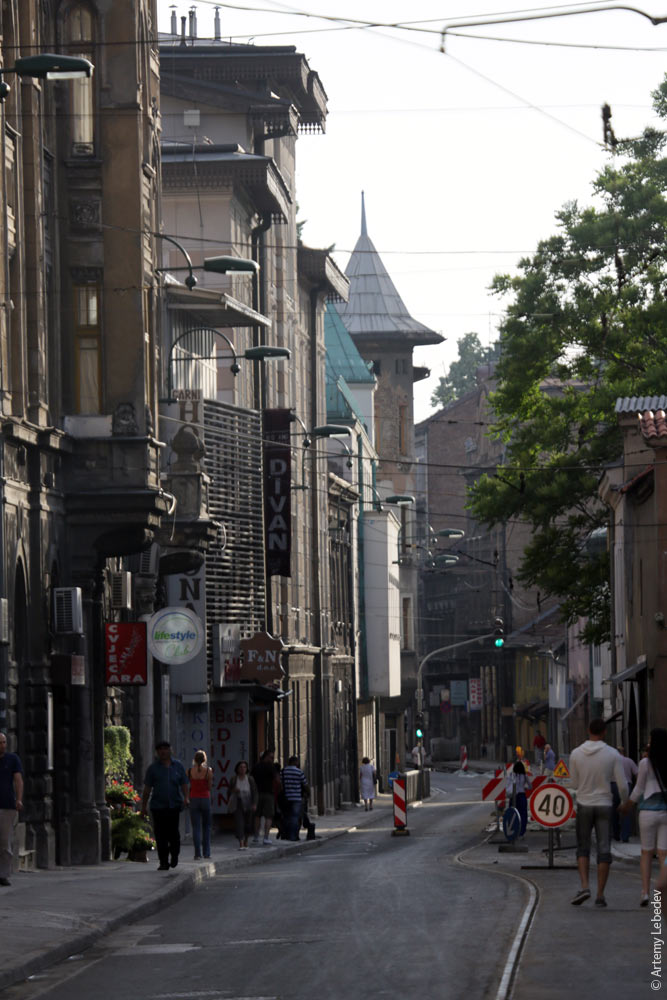 And parts resemble god knows what. 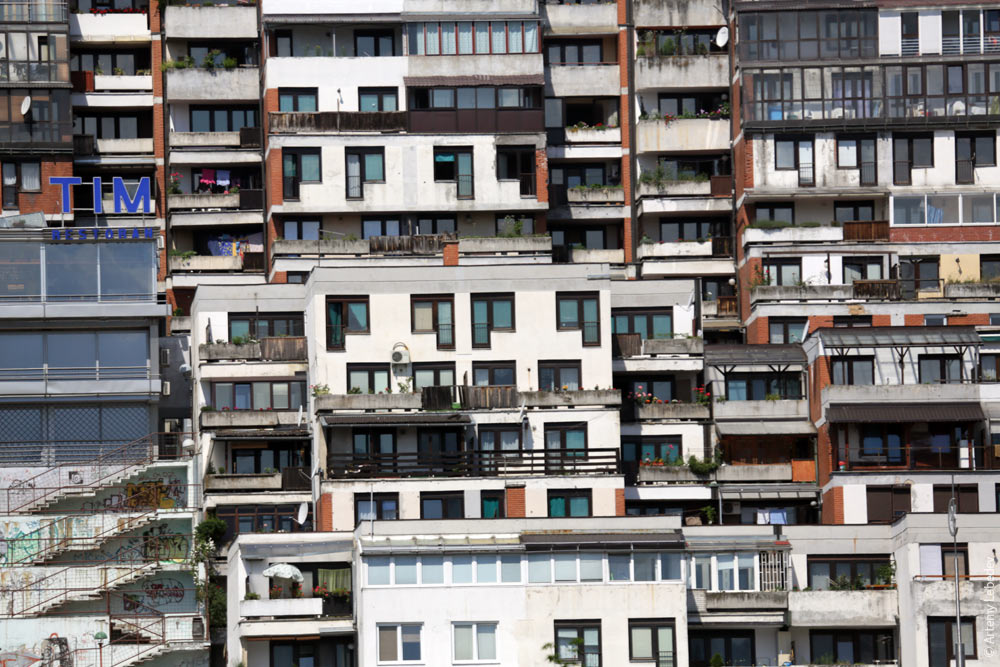 The difference between Christian and Muslim graves at the cemetery is clearly visible. 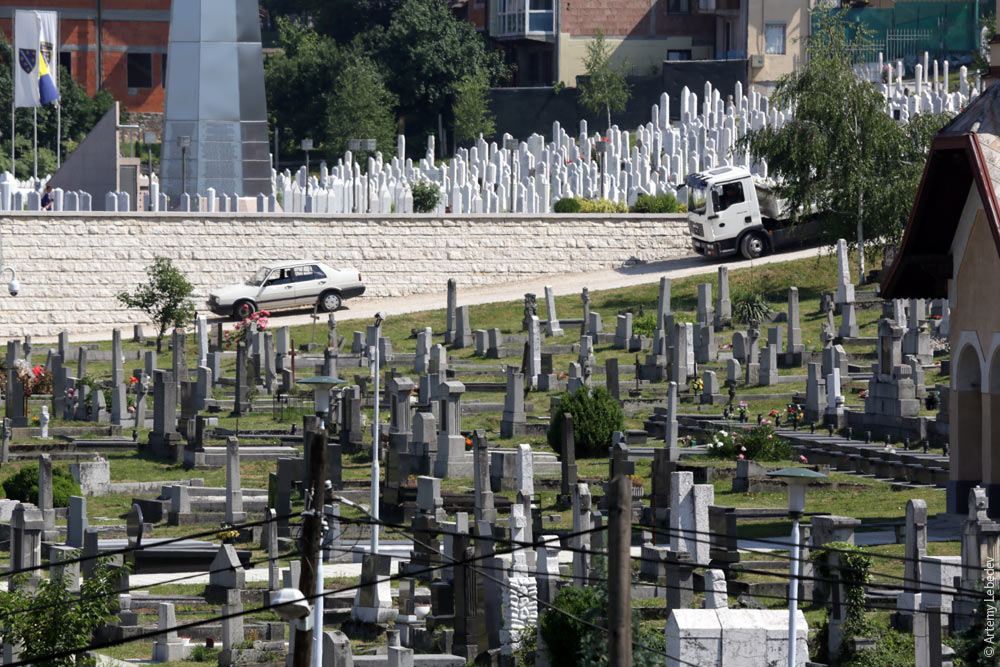 Payphones. 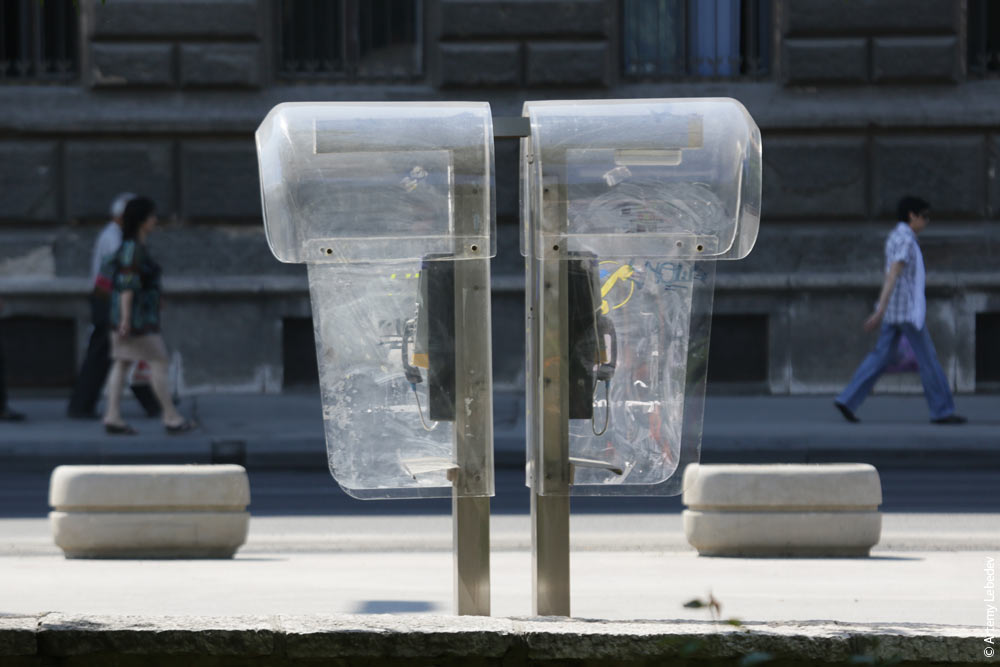 The signature Sarajevo trash can. 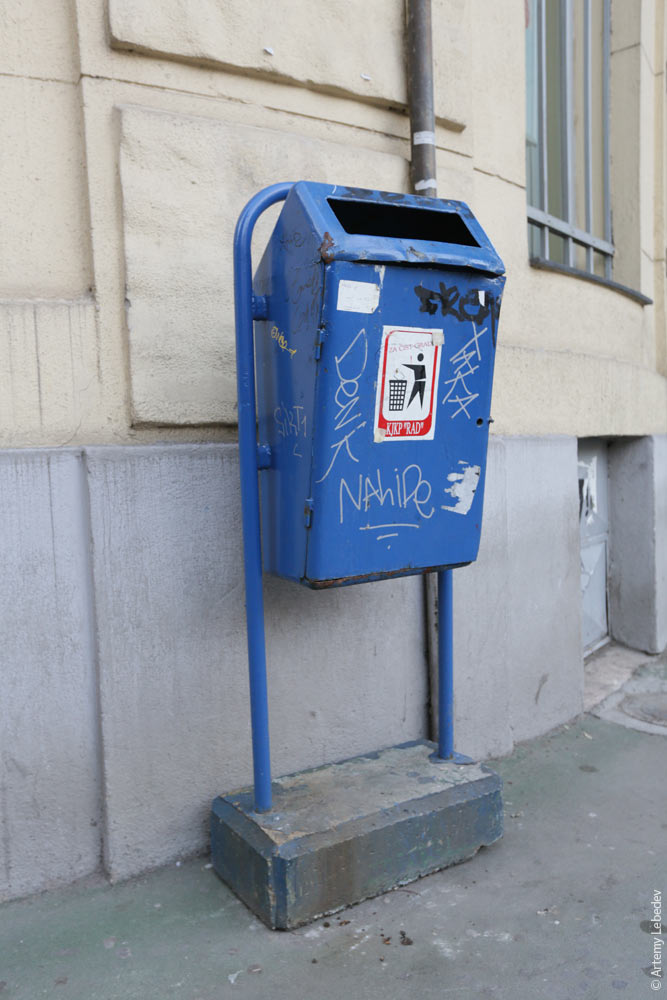 Manhole location indicators. 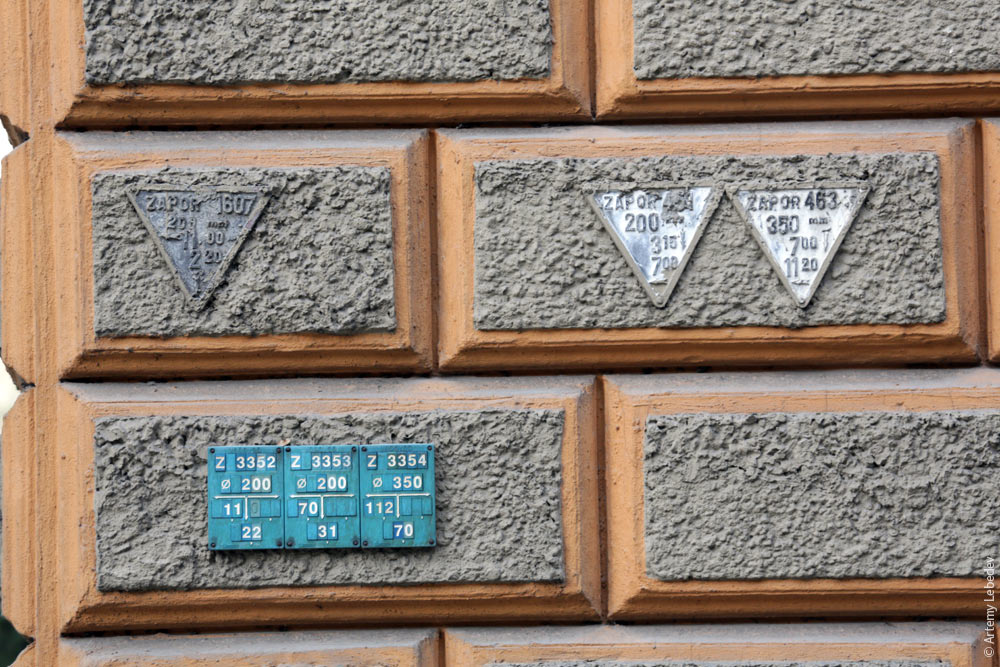 Street signs. 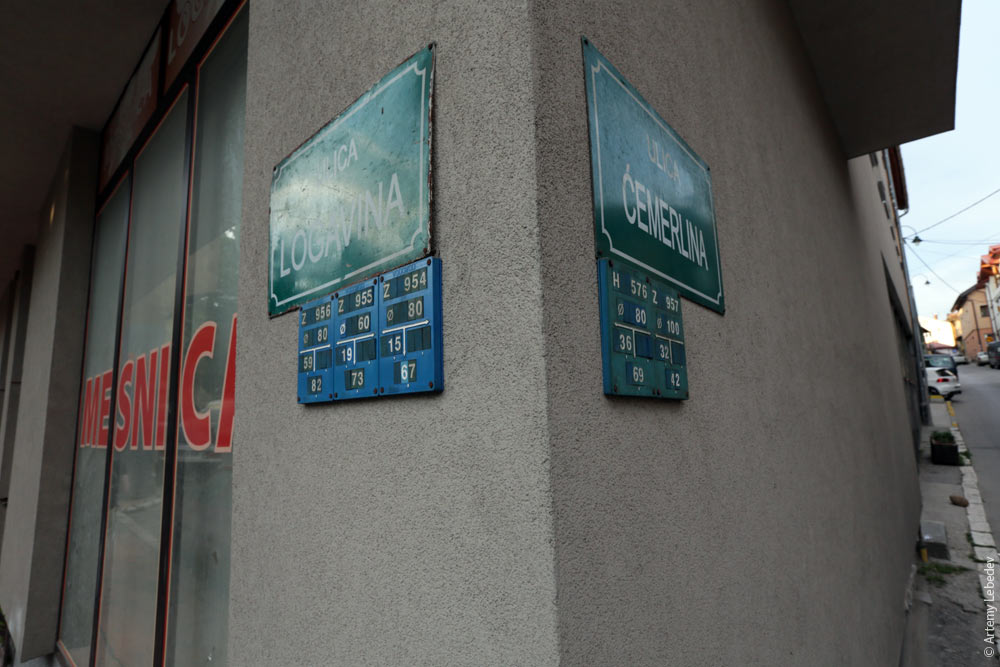 A digger. 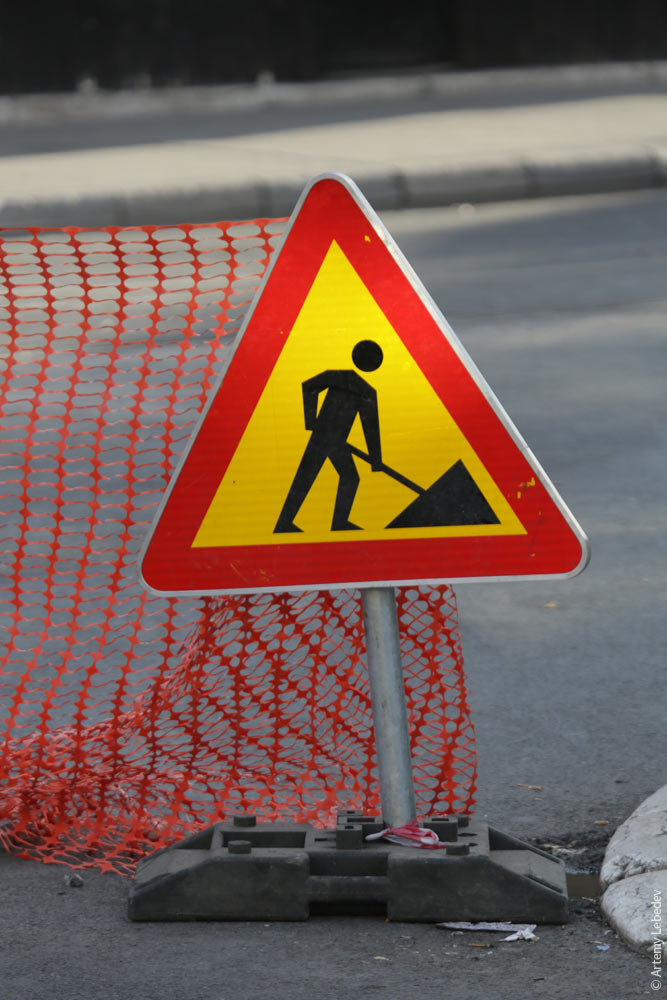 A bus stop. 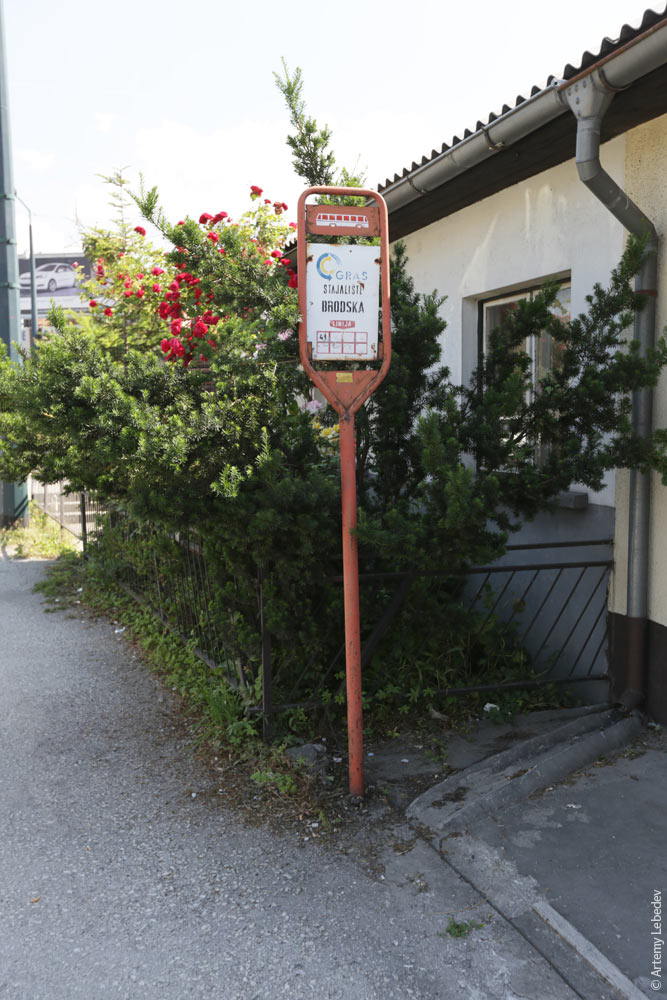 There’s a multitude of old trams in the city. 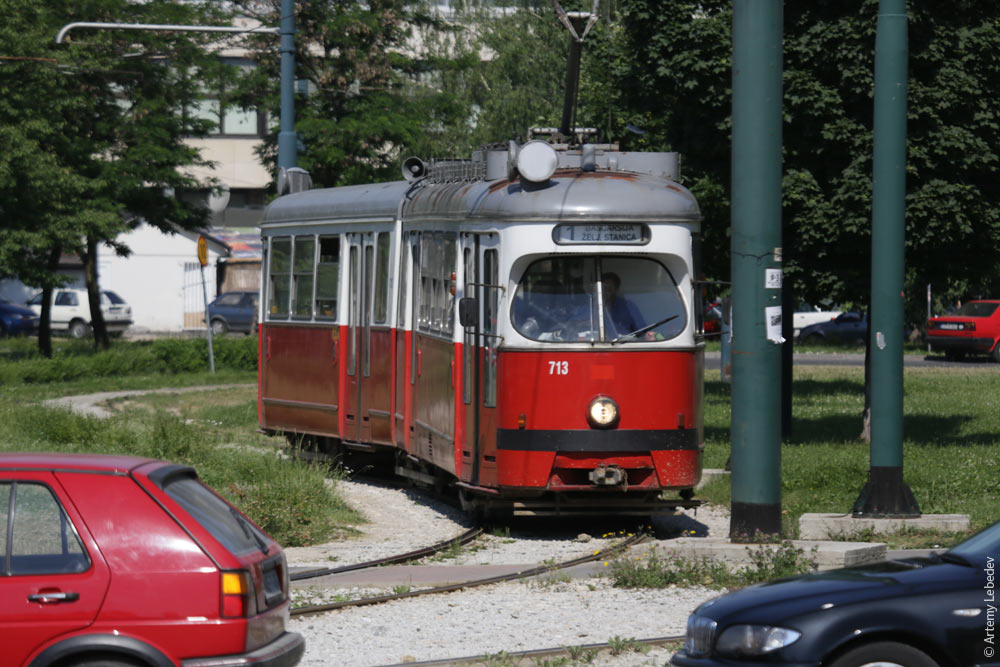 A taxi stand. 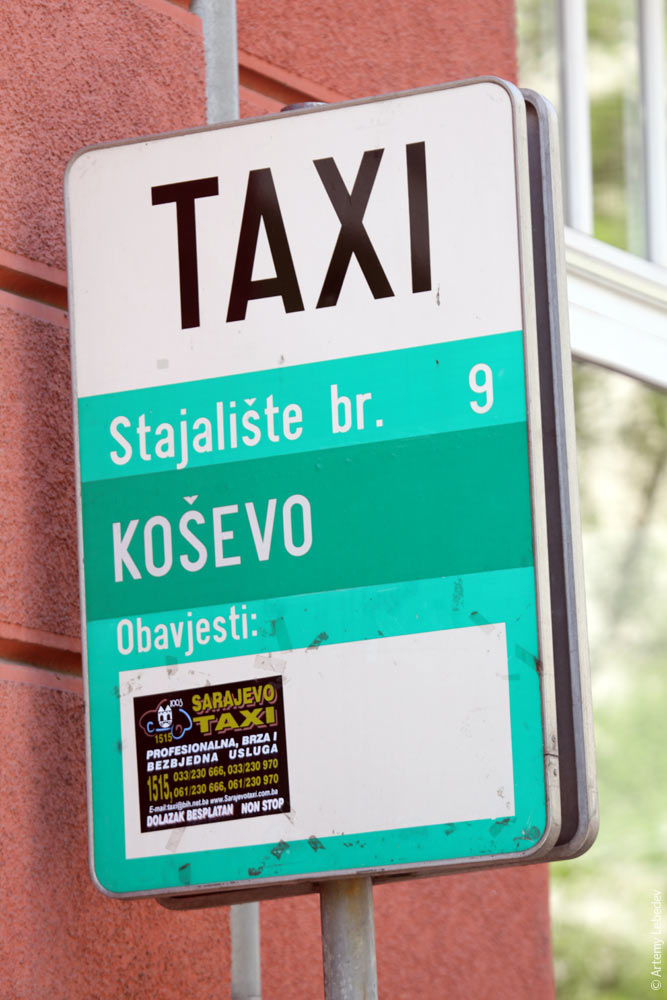 The taxis themselves.  Lane markings overlap at the intersection and turn into Xs. 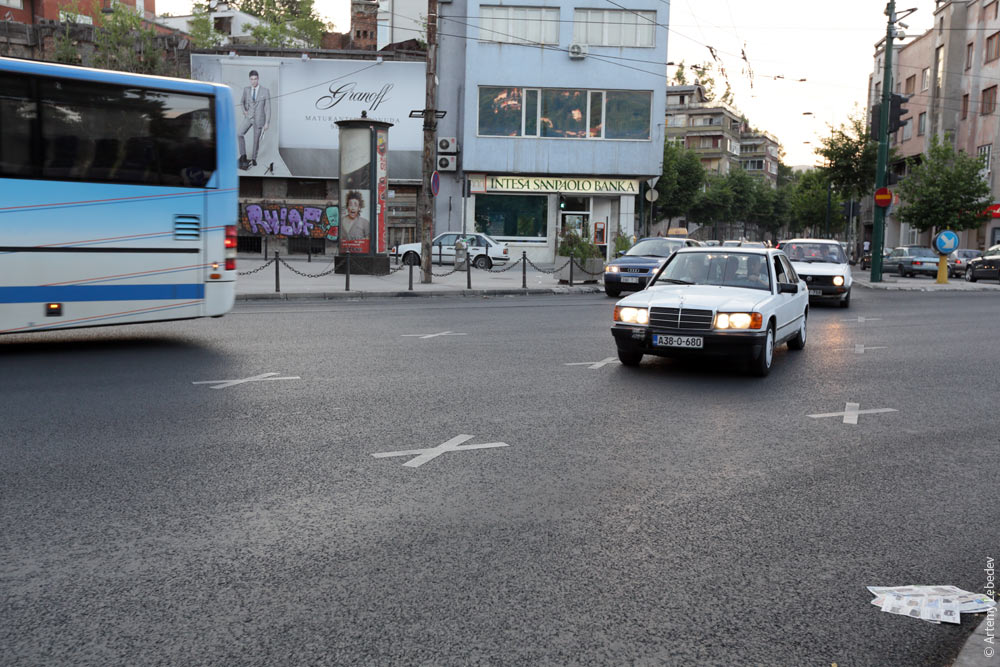 A sun dial.  The young women walk around in headscarves. Some fully cover their faces, like in Arab countries. 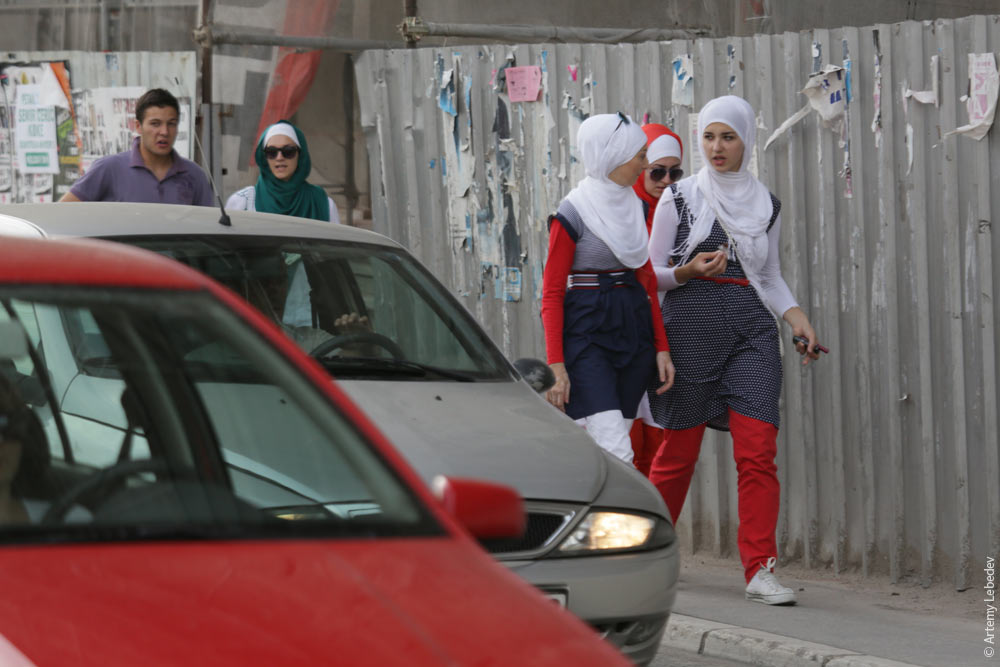 There’s absolutely no tension in the air. And nothing interesting either. 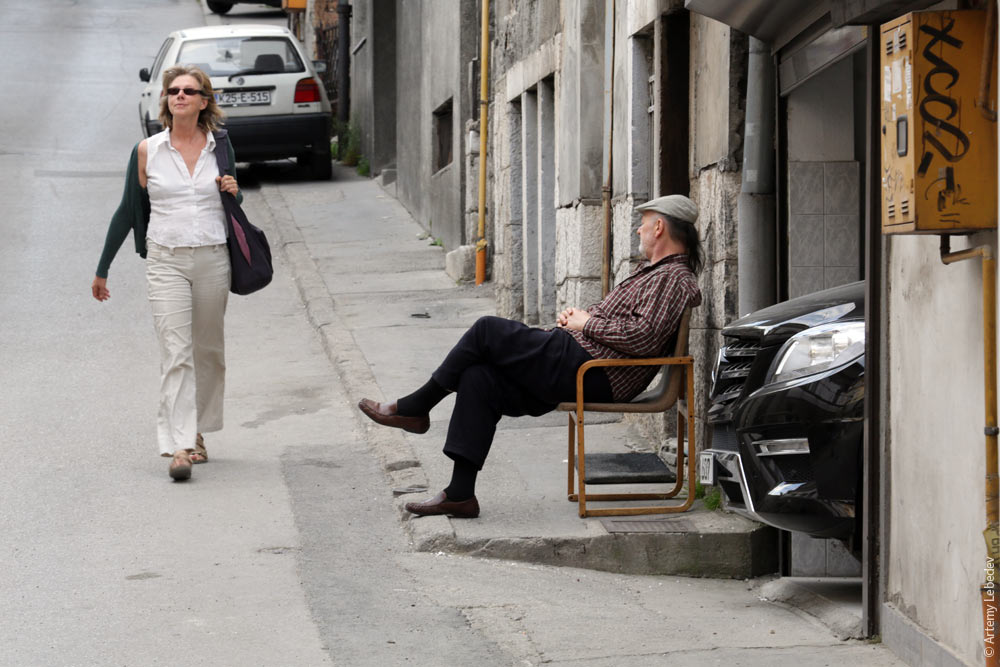 FočaMapA good part of Bosnia and Herzegovina is occupied by an autonomous territory called Republika Srpska, or the Serb Republic. Not to be confused with Serbia. The Republika Srpska has everything of its own, from post boxes (see above) to policemen. Even the signs are mostly in Cyrillic here.  Our expedition minibus has a built-in auto-snitch system. The driver inserts his personal card, the computer keeps track of work and rest hours and records all instances of speeding. Traffic police can pull the bus over at any time and demand a printout. At one point a local cop does ask us for the printout, but he has no idea how to read it. So he lets us off without saying a word. 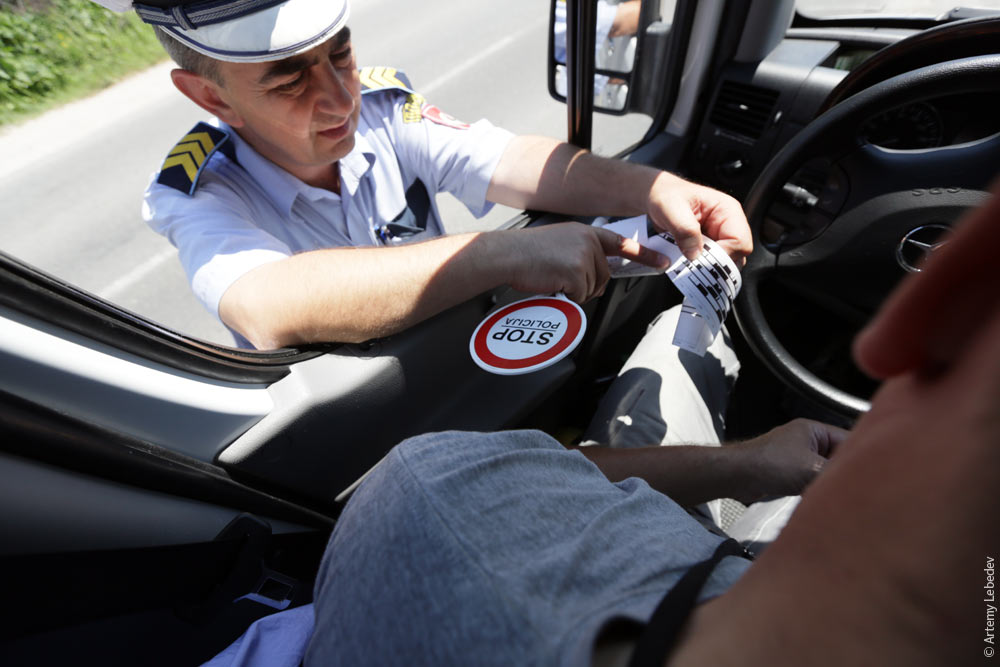 There’s absolutely nothing to see or do in Foča. 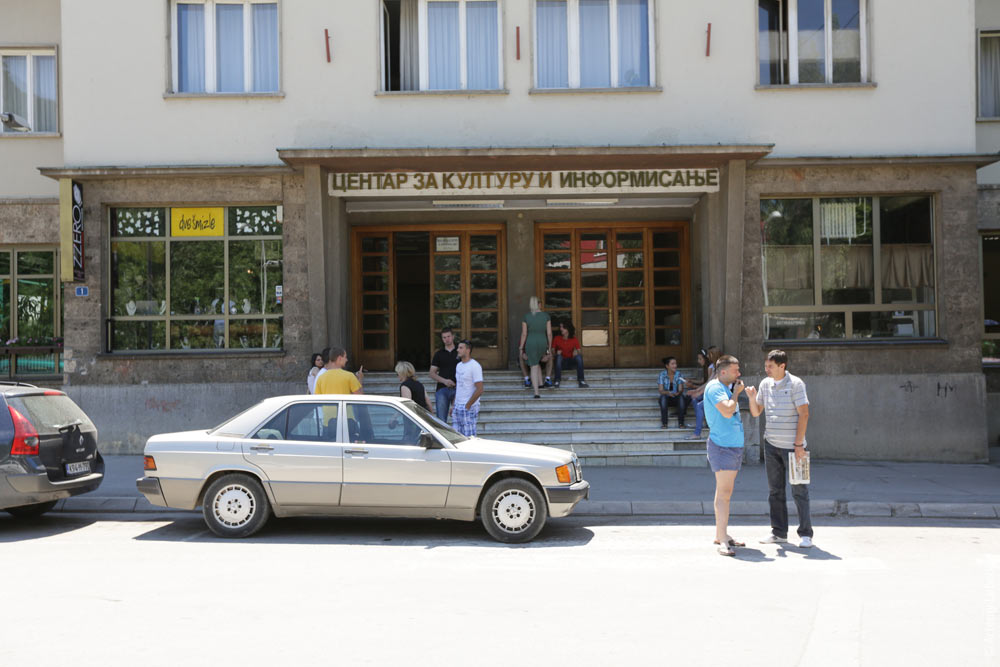 Signs warn of land mines along the mountain road. 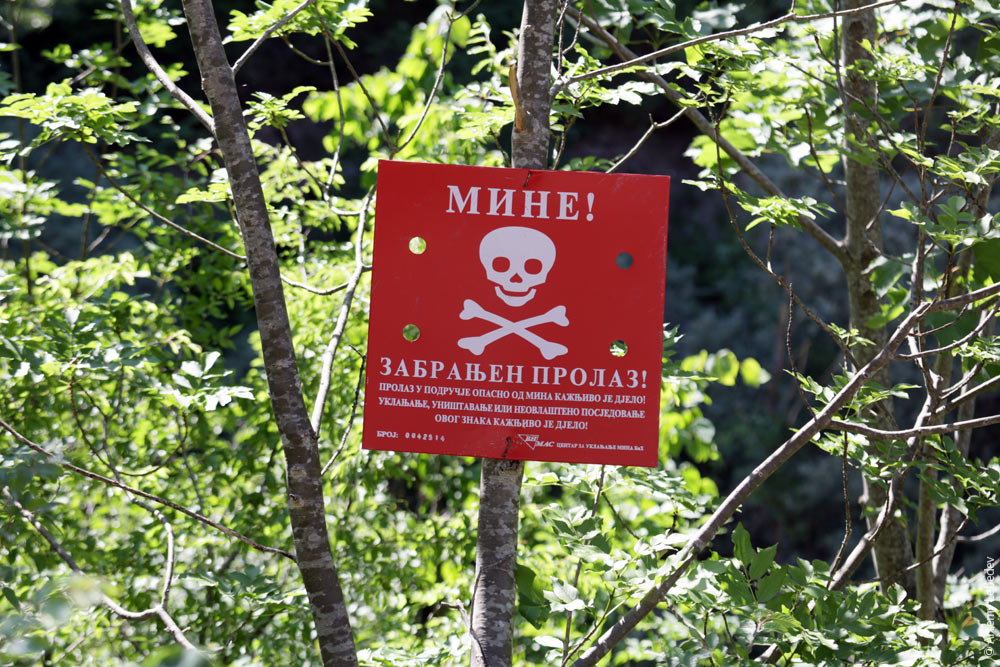 A special “Black Spot” sign (like in Bulgaria), which indicates a dangerous stretch of road with a high incidence of accidents. 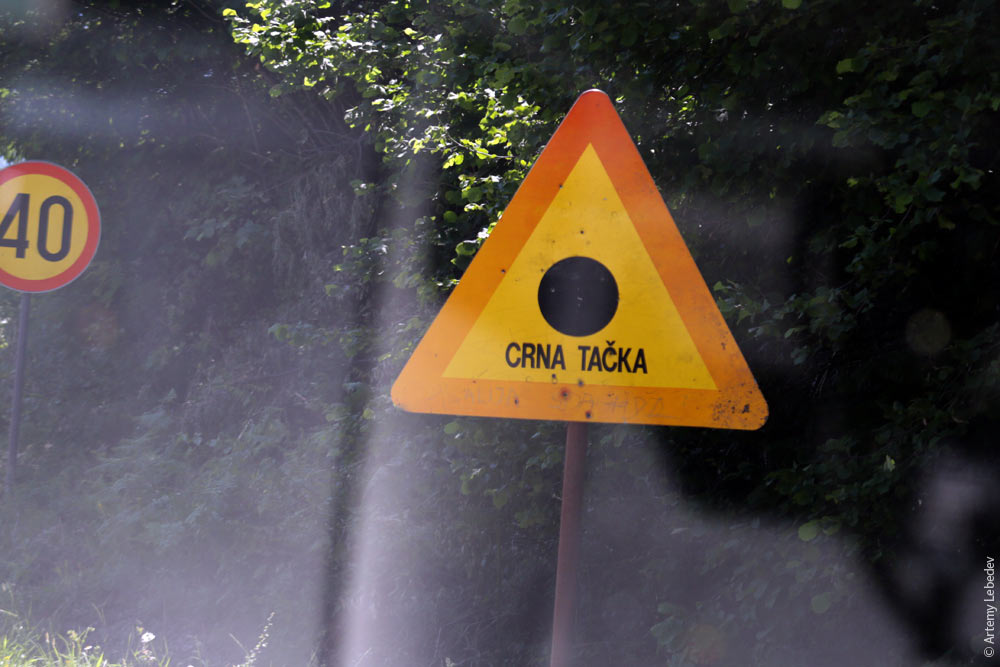 We drive onwards, delighting in the natural beauty of the landscape. 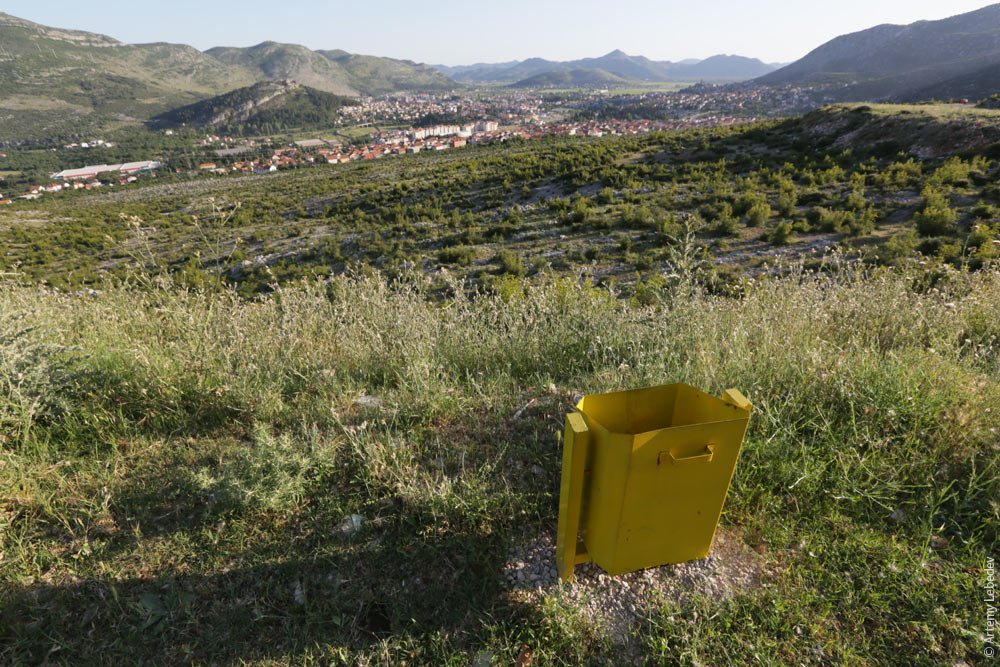 Admiring the quaint little towns. 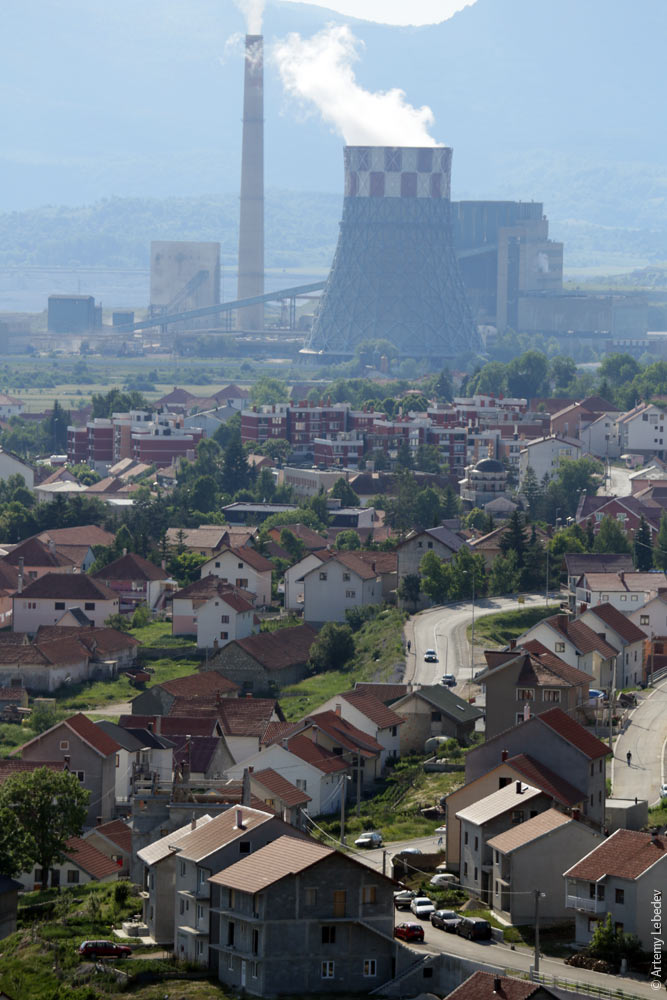 |